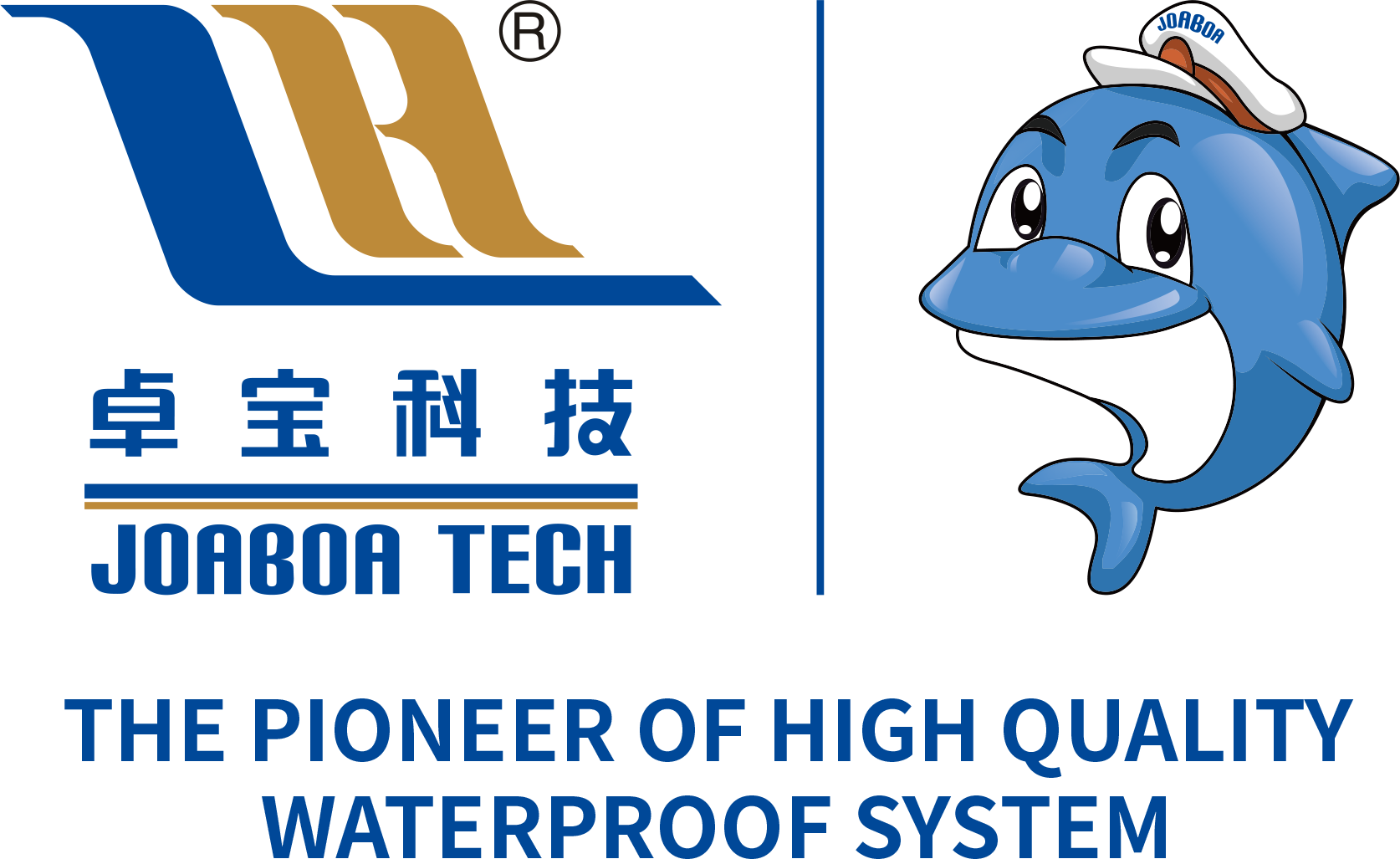How to Choose the Right Wholesale Plastomeric Waterproofing Materials for Your Project
2025-05-28 10:00
How to Choose the Right Wholesale Plastomeric Waterproofing Materials for Your Project
In the construction and renovation industries, the importance of selecting the right waterproofing materials cannot be overstated. When it comes to **plastomeric waterproofing**, making an informed choice can significantly impact the longevity and durability of your project. This article outlines the essential factors to consider when choosing wholesale plastomeric waterproofing materials, ensuring you select the best options for your specific needs.
Table of Contents
- Understanding Plastomeric Waterproofing Materials
- Benefits of Plastomeric Waterproofing
- Types of Plastomeric Waterproofing Materials
- Key Factors to Consider When Choosing Plastomeric Waterproofing
- Applications of Plastomeric Waterproofing
- How to Install Plastomeric Waterproofing
- Maintenance and Care for Waterproofing Solutions
- Frequently Asked Questions
Understanding Plastomeric Waterproofing Materials
Plastomeric waterproofing materials are synthetic membranes primarily composed of polymers like **polypropylene** or **ethylene propylene diene monomer (EPDM)**. These materials are designed to provide effective barriers against water infiltration while maintaining flexibility and durability. The unique properties of plastomeric materials make them suitable for various applications, from roofing systems to foundations.
What Sets Plastomeric Waterproofing Apart?
The distinguishing feature of plastomeric waterproofing is its ability to remain stable under diverse environmental conditions. Unlike traditional materials, plastomeric membranes resist UV degradation, high temperatures, and extreme weather. This resilience makes them a preferred choice for long-term waterproofing solutions.
Benefits of Plastomeric Waterproofing
When considering waterproofing options, plastomeric materials offer numerous advantages:
1. Enhanced Durability
Plastomeric waterproofing materials are engineered to withstand mechanical stress and environmental challenges. Their longevity reduces the need for frequent repairs or replacements, ultimately saving you time and money.
2. Flexibility and Conformability
These materials maintain flexibility, allowing them to conform to the surfaces they are applied to. This adaptability is crucial for areas with complex geometries or irregularities.
3. UV Resistance
Plastomeric membranes are designed to resist UV radiation, preventing degradation and maintaining their protective properties over time.
4. Easy Installation
Most plastomeric waterproofing systems are user-friendly and can be applied using various techniques, including self-adhesive or heat-welded installations.
5. Cost-Effectiveness
While the initial investment may be higher than traditional materials, the long-term savings due to reduced maintenance and replacement costs make plastomeric waterproofing a cost-effective choice.
Types of Plastomeric Waterproofing Materials
Understanding the various types of plastomeric waterproofing materials available can help you make a more informed decision:
1. TPO (Thermoplastic Olefin)
TPO membranes are known for their reflective properties, making them an energy-efficient choice for roofing systems. They are lightweight, easy to install, and resistant to UV degradation.
2. PVC (Polyvinyl Chloride)
PVC membranes offer excellent resistance to chemicals and punctures, making them suitable for applications in industrial settings. Their welded seams provide superior watertight integrity.
3. APP (Atactic Polypropylene)
APP membranes are modified bitumen products that exhibit high flexibility and UV resistance. They are often used for flat roofs and are available in various thicknesses to suit different applications.
4. SBS (Styrene-Butadiene-Styrene)
SBS modified bitumen membranes provide enhanced elasticity and are commonly used in locations with extreme temperature fluctuations. Their flexibility allows them to expand and contract without cracking.
Key Factors to Consider When Choosing Plastomeric Waterproofing
Selecting the right plastomeric waterproofing material for your project involves several critical considerations:
1. Project Requirements
Evaluate the specific needs of your project, including the type of structure, exposure conditions, and anticipated foot traffic. Understanding these requirements will guide you in selecting the most suitable material.
2. Environmental Conditions
Consider the climate and environmental factors where the waterproofing will be applied. Areas with intense sunlight, heavy rain, or extreme temperatures may necessitate specialized materials that offer enhanced durability and UV resistance.
3. Application Method
Different plastomeric waterproofing materials may require specific installation techniques. Ensure you are familiar with the application method to achieve optimal results.
4. Compliance with Industry Standards
Verify that the waterproofing materials comply with local building codes and industry standards. This compliance not only ensures safety but also enhances the credibility of your project.
5. Cost Considerations
While it's crucial to maintain a budget, opting for the cheapest materials may lead to higher costs in the long run due to repairs and replacements. Weigh the initial costs against the long-term benefits of durability and performance.
6. Supplier Reputation
Select a reputable supplier who specializes in plastomeric waterproofing materials. A reliable supplier not only provides high-quality products but also offers valuable technical support and guidance.
Applications of Plastomeric Waterproofing
Plastomeric waterproofing materials are versatile and suitable for various applications:
1. Roofing Systems
Plastomeric membranes are commonly used in commercial and residential roofing systems due to their durability and energy-efficient properties.
2. Foundation Waterproofing
In below-grade applications, plastomeric waterproofing provides a barrier against moisture and soil contaminants, protecting the structural integrity of buildings.
3. Parking Decks and Garages
These materials are ideal for parking structures, offering resistance to traffic loads, chemicals, and water infiltration.
4. Balconies and Terraces
Plastomeric waterproofing is effective in outdoor areas, preventing water damage and protecting underlying structures from moisture.
How to Install Plastomeric Waterproofing
Proper installation is crucial for the effectiveness of plastomeric waterproofing materials. Here are the basic steps:
1. Surface Preparation
Ensure that the surface is clean, dry, and free from debris or contaminants to promote adhesion.
2. Application Method
Depending on the product, you may use self-adhesive, mechanically fastened, or heat-welded methods for application.
3. Seaming Techniques
Follow recommended seaming techniques to ensure watertight integrity. This may include heat welding or adhesive bonding.
4. Inspection
After installation, conduct a thorough inspection to identify any potential issues, such as seams or punctures that may compromise performance.
Maintenance and Care for Waterproofing Solutions
To maximize the lifespan of your plastomeric waterproofing system, regular maintenance is essential:
1. Regular Inspections
Schedule periodic inspections to identify any signs of wear or damage early on.
2. Cleaning
Keep the surface clean to prevent debris buildup and potential damage. Use a gentle cleaning solution and avoid harsh chemicals that may degrade the material.
3. Prompt Repairs
Address any issues immediately. Small repairs can prevent larger problems, ensuring the waterproofing system continues to perform effectively.
Frequently Asked Questions
1. What are plastomeric waterproofing materials made of?
Plastomeric waterproofing materials are primarily composed of polymers such as polypropylene or EPDM, designed to provide durable and flexible waterproofing solutions.
2. How long do plastomeric waterproofing materials last?
With proper installation and maintenance, plastomeric waterproofing materials can last 20 years or more, depending on the specific product and environmental conditions.
3. Can plastomeric waterproofing be applied over existing materials?
In many cases, plastomeric waterproofing can be applied over existing roofing or waterproofing materials, provided that the surface is adequately prepared and structurally sound.
4. Are plastomeric waterproofing materials environmentally friendly?
Many plastomeric materials are designed to be energy-efficient and can contribute to sustainable building practices. Always check for certifications and environmental impact assessments.
5. How do I choose the right supplier for plastomeric waterproofing materials?
Select a supplier with a reputation for quality and reliability, who offers technical support and adheres to industry standards.
Conclusion
Choosing the right wholesale plastomeric waterproofing materials is crucial for the success and durability of your construction project. By understanding the types, benefits, and application methods, alongside key considerations for your specific requirements, you can ensure a long-lasting and effective waterproofing solution. With the right materials and proper installation, your project will be well-equipped to withstand the test of time and environmental challenges.
Related News









